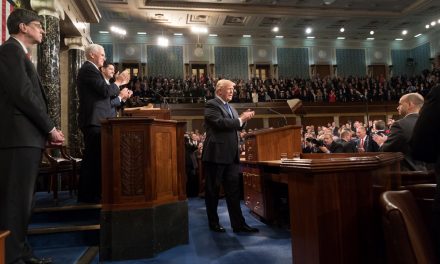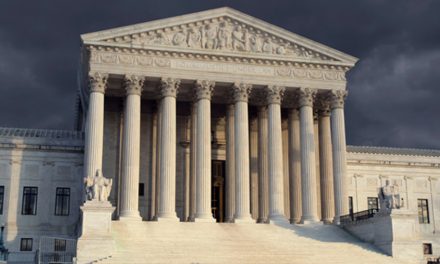Two members of the U.S. House of Representatives, Ro Khanna, D-Calif., and Don Beyer, D-Va., are about to introduce a bill designed to fix Supreme Court terms to 18 years each, with one justice appointed every two years beginning in the first year of each president’s term. The bill seeks to remove some of the contentiousness of Supreme Court confirmations by giving each president two appointments during their 4-year term.
Titled the “Supreme Court Term Limits and Regular Appointments Act of 2020,” the bill does not apply to current justices, who took the job with the expectation that it was a lifetime appointment. But the bill does contemplate adding justices every two years anyway, so the net effect will probably be that for an uncertain period of time, the Supreme Court would have more than nine members.
There are a number of potential problems with the legislation, but the concept, which has been floated in conservative circles for years, has finally become a bipartisan issue, no doubt due to the forthcoming nomination of President Donald Trump’s third justice in his first term. Liberals rightly judge that a conservative replacement for the deceased Justice Ruth Bader Ginsburg could swing the court in a more constitutionalist direction.
Term limit legislation at the federal level is nothing new, the first one being introduced in 1807. However, the U.S. Constitution, Article III, Section 1 states that justices serve during “good behavior,” which has long been interpreted to mean lifetime tenure. In fact, the Framers desired to remove the justices from the influences of politics and grant them judicial independence by doing just that. In Federalist 78, Alexander Hamilton explains that judicial independence “is the best expedient which can be devised in any government to secure a steady, upright, and impartial administration of the laws.”
Since it would be necessary to amend the “good behavior” language of the Constitution if the intent were to force Supreme Court justices to permanently retire after serving 18 years, the proposed statute simply alters their status to that of “Senior Justice,” who can, if they choose, serve on a lower federal appeals court much as retired justices Sandra Day O’Connor and David Souter are currently doing, or they can permanently retire.
Vacancies created through deaths or early retirements would be filled by the last Chief Justice to serve, or if there isn’t one available, the last retired Associate Justice. They would only serve until the next official appointment time in the president’s term of office. All confirmations would have to be completed, either yay or nay, within 120 days of a nomination, or the Senate will be deemed to have “waived” its “advice and consent” constitutional role.
That “waiver” provision could be found to be unconstitutional, since the wording of the Constitution doesn’t provide for such a resolution.
Term limits have shown popularity in polls, with 3 out of 4 respondents in one recently conducted by Marquette Law School agreeing with the idea of justices serving a fixed number of years.
In the short term, it’s not certain how far the proposed term limit bill will go. If it is designed to short circuit the president’s current nomination options, Republicans will certainly not agree. And should Trump win a second term in November, the specter of him getting a guaranteed two more Supreme Court justices, even without any retirements of those currently on the Court, may cause Democrats to re-think this legislation.






